Indian National Movements (1905 – 1916) – Swadeshi Movement, Rise of Extremism & Minto- Morley Reforms
Causes for the Rise of Extremism
- Failure of the Moderates to win any notable success other than the expansion of the legislative councils by the Indian Councils Act (1892)
- An all-India famine in 1896, British did not take any famine relief measures approximately 90 lakh people died; moderates were unable to force British to take any measures.
- Russo-Japanese war of 1904-05 in which Japan defeated the European power Russia.
- This encouraged Indians to fight against the European nation, Britain.
Immediate cause > Reactionary rule of Lord Curzon
- Calcutta Corporation Act, (1899) reducing the Indian control of this local body
- Universities Act (1904) reduced the elected members in the University bodies & reduced the autonomy of the universities and made them government departments
- Sedition Act and the Official Secrets Act (1904) reduced the freedoms of people & press
- His worst measure was the Partition of Bengal (1905)
Partition of Bengal
Partition of Bengal in 1905 provided a spark for the rise of extremism in the Indian National Movement. The official reason given for the decision was that Bengal with a population of 78 million (about a quarter of the population of British India) had become too big to be administered.
This was true to some extent, but Curzon’s real motives were –
- To break the growing strength of Bengali nationalism since Bengal was the base of Indian nationalism.
- To divide the Hindus and Muslims in Bengal.
- To show the enormous power of the British Government in doing whatever it liked
Declaration of Swaraj & Beginning of Swadeshi Movement
- The Swadeshi Movement had its genesis, in the anti-partition movement which was started to oppose the British decision to partition Bengal.
- The Indian National Congress, meeting in 1905 under the presidency of Gokhale, resolved to
- condemn the partition of Bengal and the reactionary policies of Curzon
- support the anti-partition and Swadeshi Movement of Bengal
The militant nationalists led by Tilak, Lajpat Rai, Bipin Chandra Pal and Aurobindo Ghosh wanted the movement to be taken outside Bengal to other parts of the country and go beyond a boycott of foreign goods to become a full-fledged political mass struggle with the goal of attaining swaraj. But the Moderates, dominating the Congress at that time, were not willing to go that far.
- However, aggressive nationalists forced Dadabhai Naoroji to speak of Swaraj (which was not a Moderate demand) in the Calcutta Session of Congress in 1906
- The Extremist emboldened by Dadabhai Naoroji’s declaration gave a call for passive resistance in addition to swadeshi and boycott of foreign goods
- This included boycott of government schools and colleges, government service, courts, legislative councils, municipalities, government titles, etc.
Surat Split, 1907
- The Moderate Congressmen were unhappy as they wanted Swaraj to be achieved through constitutional methods.
- The Moderate-Extremist dispute over techniques led to a split in the Congress at the Surat session in 1907, popularly known as the famous Surat Split.
- Extremists came out of the Congress led by Tilak and others
Swadeshi Movement (Vandemataram movement)
- It was both a political and economic movement
- Involved programmes like the boycott of government service, courts, schools and colleges and of foreign goods
- Promotion of Swadeshi goods
- Promotion of National Education through the establishment of national schools and colleges
- Landlords, Women and students actively participated & Students refused using books made of foreign paper
- Absence of participation of Peasants as well as industrialists
Government Measures
- The cry of Bande Mataram was forbidden by government
- Restriction on public meetings & suppression of freedom of the press
- Schools & colleges were warned not to allow their students to take part in the movement or else their aid would be stopped
- Students who were found guilty of participation were to be disqualified for government jobs or for government scholarships, and disciplinary action- fine, expulsion, arrest, beating, etc. -was to be taken against them.
- Extremist leaders Lal, Bal, Pal & Aurobindo Ghosh were imprisoned and deported.
Noteworthy Points
- Some of the Muslims participated – Barrister Abdul Rasul, Liaqat Hussain, Guznavi, Maulana Azad
- But most of the upper- and middle-class Muslims stayed away or, led by Nawab Salimullah of Dacca
- They supported the partition on the plea that it would give them a Muslim-majority East Bengal
- To further government interests, the All-India Muslim League was propped up in 1907 as an anti-Congress front.
Formation of the Muslim League (1906)
- Muslim delegates from all over India met at Dacca for the Muslim Educational Conference.
- Taking advantage of this occasion, Nawab Salimullah of Dacca proposed the setting up of an organisation to look after the Muslim interests.
- The proposal was accepted & All-India Muslim League was finally set up on December 30, 1906.
- Like the Indian National Congress, they conducted annual sessions and put their demands to the British government.
- Their 1st achievement was the separate electorates for Muslims in the Minto-Morley reforms.
Decline of Swadeshi Movement
By 1908, the open phase (as different from the underground revolutionary phase) of the movement was almost over due to many reasons viz.
- There was severe government repression.
- The movement failed to create an effective organisation or a party structure.
- The movement was rendered leaderless with most of the leaders either arrested or deported by 1908.
- Aurobindo-Ghosh and Bipin Chandra Pal retired from active politics.
- Internal squabbles among leaders, magnified by the Surat split (1907), did much harm to the movement.
- The movement aroused the people but did not know how to tap the newly released energy or how to find new forms to give expression to popular resentment.
- The movement largely remained confined to the upper and middle classes and zamindars and failed to reach the masses – especially the peasantry.
- Non-cooperation and passive resistance remained mere ideas.
- It was difficult to sustain a mass-based movement at a high pitch for too long.
Famous Extremist Leaders
| Bal Gangadhar Tilak |
|
| Lala Lajpat Rai |
|
| Bipin Chandra Pal |
|
| Aurobindo Ghosh |
|
Extremists – Objective, Methods & Achievements
| Objective | To attain Swaraj or self-government. |
| Methods |
|
| Achievements |
|
Minto- Morley Reforms of 1909 (Government of India Act of 1909)
In 1906, a group of Muslim elites called the Shimla deputation, led by the Agha Khan, met Lord Minto & demanded separate electorates for the Muslims. The same group quickly took over the Muslim League, initially floated by Nawab Salimullah of Dacca. Muslim League intended to preach loyalty to the empire and to keep the Muslim intelligentsia away from the Congress. The important provisions of this Act were –
- The number of elected members in the Imperial Legislative Council and the Provincial Legislative Councils was increased
- The elected members were to be indirectly elected.
- The local bodies were to elect an electoral college, which in turn would elect members of provincial legislatures, who in turn would elect members of the central legislature.
- Separate electorates for the Muslims, representation in excess of the strength of their population
- Powers of legislatures both at the center and in provinces were enlarged
- The legislatures could now pass resolutions (which may not be accepted), ask questions & supplementaries, vote separate items in the budget but the budget as a whole could not be voted upon.
- One Indian was to be appointed to the viceroy’s executive council (Satyendra Sinha was the first to be appointed in 1909)
- Two Indians were also appointed to the India Council [in England]
For more updates, explore the Ancient India History. Feel free to share your thoughts and comments.
If you’re passionate about building a successful blogging website, check out this helpful guide at Coding Tag – How to Start a Successful Blog. It offers practical steps and expert tips to kickstart your blogging journey!
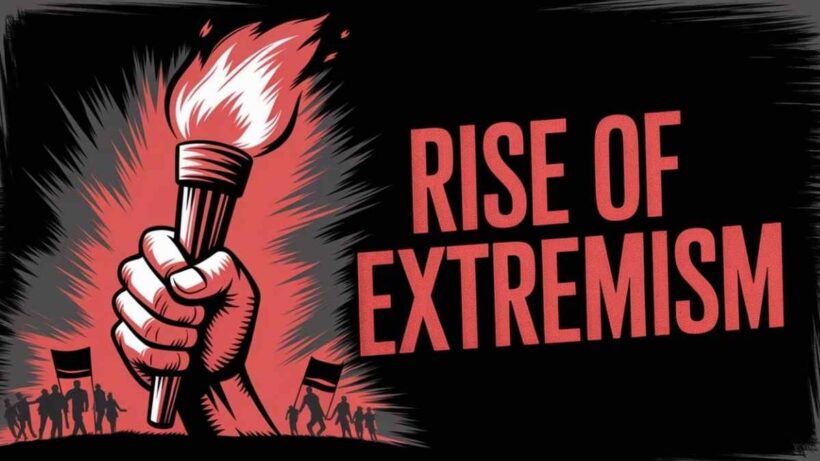



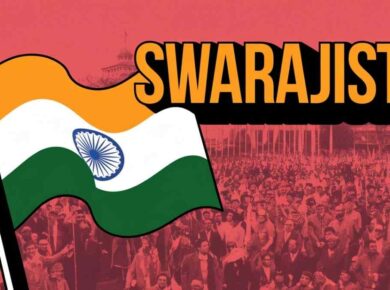
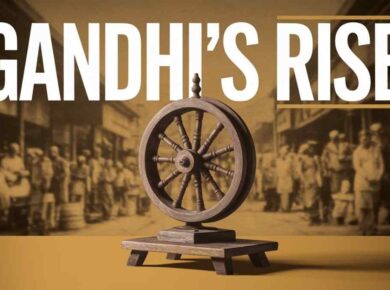
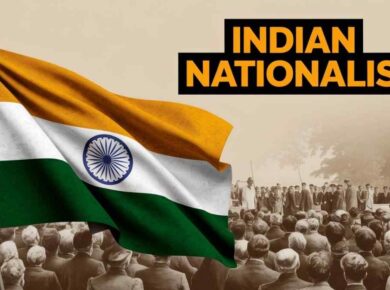
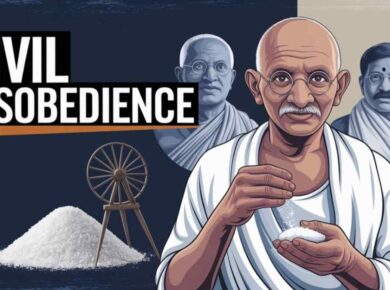
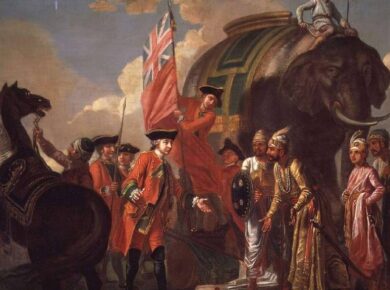
1 comment
thankyou very much to share the knowledge.